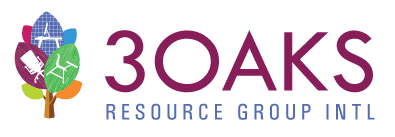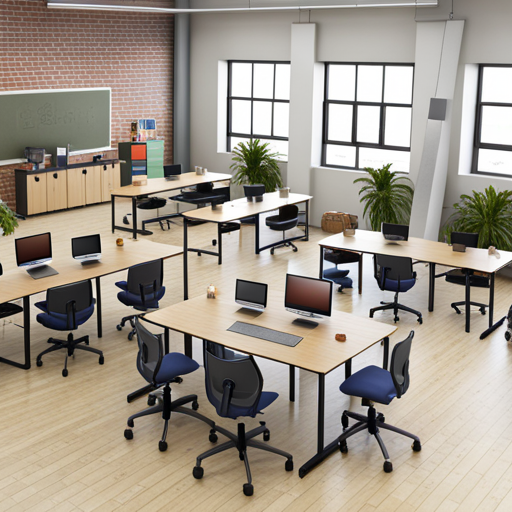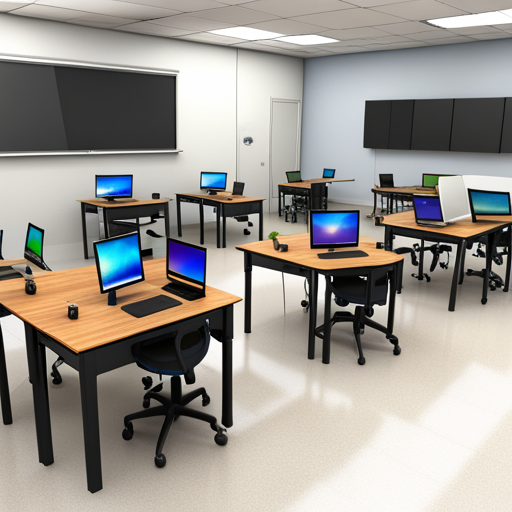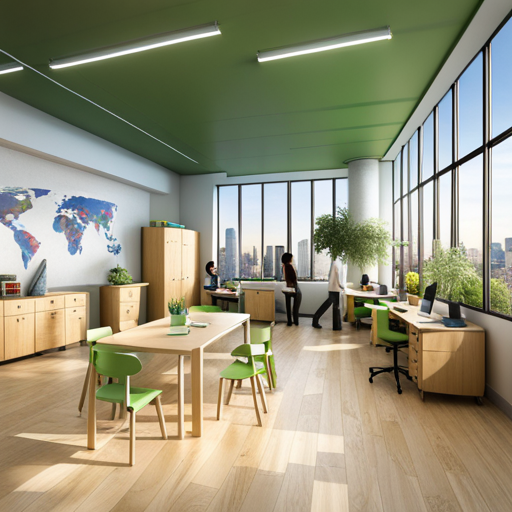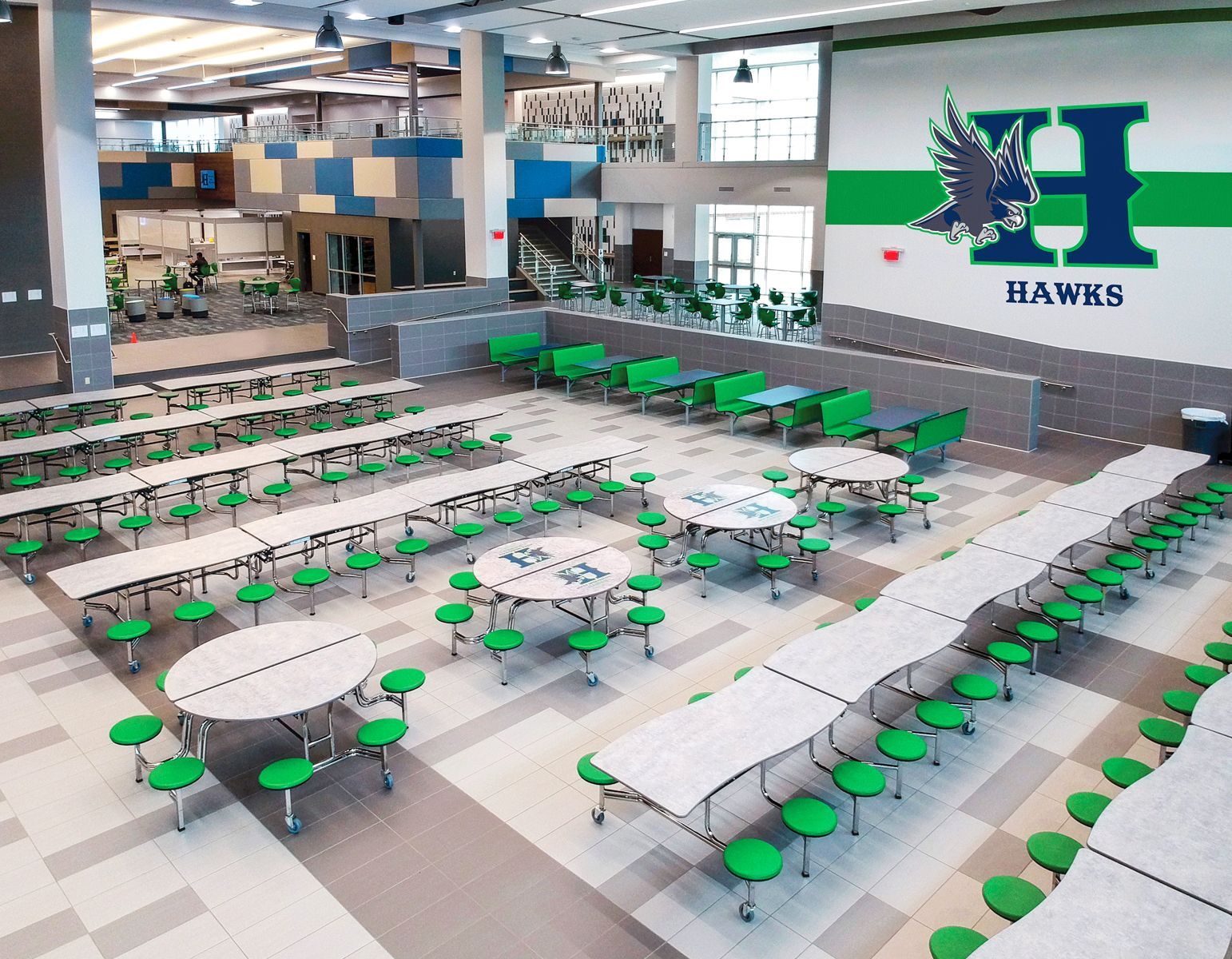6 Classroom and School Design Trends to Watch in 2024
The future of education is undergoing constant change, and as we gear up for 2024, exciting advancements in classroom design, school furniture, and technology are revolutionizing the way we learn.
In this blog, we'll delve into the latest trends that educators and school leaders must pay attention to, backed by compelling statistics and inspiring quotes. Get ready to be inspired!
1. Flexible and Adaptive Learning Spaces:
In the world of education, innovation is all about flexibility. Flexible and adaptive learning spaces are the new trend, providing environments that can easily adapt to different teaching approaches and student activities. These spaces feature modular furniture, movable partitions, and dynamic layouts, allowing educators to transform traditional classrooms into collaborative hubs, lecture spaces, or independent study zones. The benefits are vast, including increased student engagement, better collaboration, and an atmosphere that adjusts to the changing needs of 21st-century learning.
"Flexible learning spaces empower students to take control of their education, fostering independence and adaptability for a future they will shape." - Dr. Jane McGonigal, Game Designer
78% of educators believe that flexible learning spaces positively impact student learning outcomes. (National Center for Education Statistics)
2. Technology Integration for Enhanced Learning
A new era of education is emerging quickly, where technology has seamlessly woven itself into the fabric of our learning environments. Say goodbye to traditional interactive whiteboards, and say hello to the limitless possibilities of virtual reality (VR) and augmented reality (AR). Adoption of virtual reality in classrooms has seen a 50% increase over the past two years. (EdTech Magazine)
In 2024, students are no longer confined to their textbooks. Instead, they are transported to historical events, scientific experiments, and even fictional worlds, all thanks to the power of VR and AR. This rapid integration of technology in education is not just a trend but a necessity for preparing our students for a tech-driven future. The statistics speak for themselves, with heightened student interest and improved retention being just some of the many benefits.
"Integrating technology seamlessly into the learning environment not only prepares students for the digital age but also opens up endless possibilities for engaging and immersive educational experiences." - Karen Cator, President and CEO, Digital Promise
Look for ways to embrace and integrate the exciting possibilities that technology brings and inspire the next generation of learners.
3. Sustainable and Biophilic Design:
In response to a growing awareness of environmental concerns, educational spaces are embracing sustainable and biophilic design. Sustainable design focuses on minimizing the environmental impact of construction and operation, utilizing eco-friendly materials and energy-efficient systems.
Biophilic design, on the other hand, seeks to incorporate elements of nature into the learning environment, fostering a connection with the outdoors. The statistics show improved academic performance and the benefits extend beyond test scores, encompassing student well-being, reduced stress, and a heightened appreciation for the natural world.
Classrooms with elements of biophilic design lead to a 20% increase in student test scores. (Journal of Environmental Psychology)
4. Inclusive and Accessible Spaces
Education is a universal right, and inclusive and accessible spaces ensure that every student, regardless of ability or background, has equitable access to learning. Inclusive design principles focus on creating environments that cater to diverse learning needs. This encompasses physical accessibility, sensory considerations, and the integration of assistive technologies. The statistics emphasize improved student satisfaction, and the benefits include a sense of belonging, increased engagement, and a broader perspective on diversity.
Schools with inclusive design principles report a 30% improvement in student satisfaction. (Center for Inclusive Design and Environmental Access)
5. Smart Furniture and IoT Integration
The classrooms of 2024 are witnessing the rise of smart furniture and the seamless integration of the Internet of Things (IoT). Smart furniture is designed with connectivity in mind, incorporating features like built-in charging stations, interactive surfaces, and even data-collecting sensors. This trend aligns with the broader concept of a smart school ecosystem, where data-driven insights optimize the learning environment. The statistics forecast substantial growth, and the benefits include enhanced interactivity, real-time analytics, and an intelligent approach to space utilization.
IoT-enabled educational furniture is expected to grow by 25% annually. (MarketsandMarkets)
6. Personalized Learning Stations
Recognizing that every student has a unique learning journey, personalized learning stations are emerging as a cornerstone of educational design. These stations cater to individual preferences, allowing students to choose the learning environment that suits their needs best. This trend is characterized by adaptable furniture, customizable technology interfaces, and a focus on student agency. The statistics indicate heightened engagement and the benefits encompass a tailored educational experience, increased motivation, and the cultivation of essential skills for self-directed learning.
74% of teachers report improved student engagement with personalized learning stations. (EdSurge)
Conclusion
As we step into 2024, the educational landscape is embracing innovative changes in design, furniture, and technology to create dynamic and student-centric learning environments. These trends not only respond to the evolving needs of students but also pave the way for a future where education is inclusive, adaptive, and technologically advanced. The statistics and quotes presented here underscore the transformative potential of these trends, encouraging educators and administrators to explore and implement these innovations in their schools. Embracing these trends is not just a step forward; it's a leap into the future of education.

